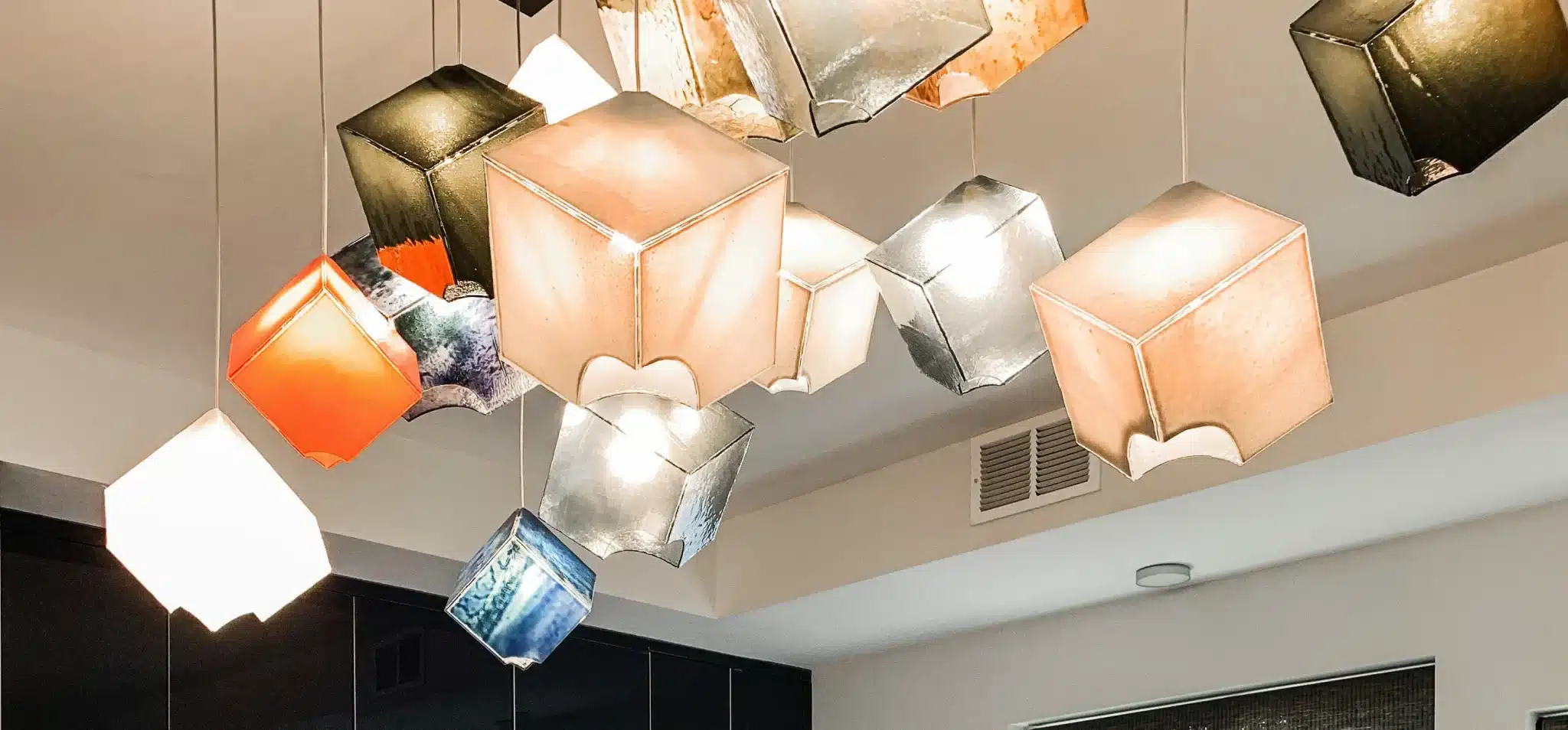
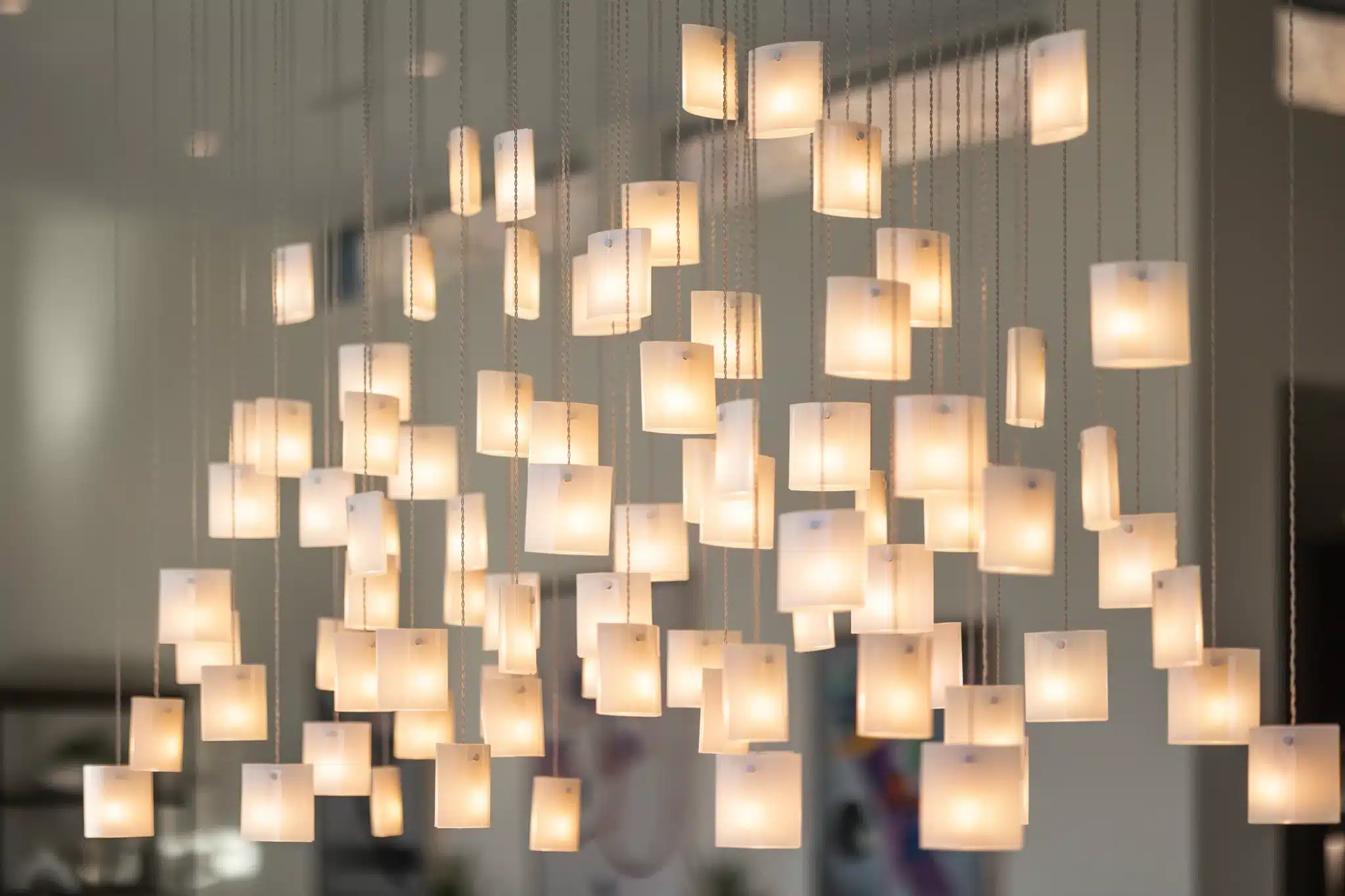
When investing in a custom luxury chandelier, it’s not just the design or materials that matter — the type and quality of lighting you choose make a huge difference in ambiance, performance, and longevity. One of the most common questions buyers have is: “How do I know what LED is equivalent to a traditional bulb?” This guide breaks it down clearly, with reference tables, tips, and things to watch out for.
Traditional Bulbs (Incandescent, Halogen, Filament):
They work by heating a filament until it glows. This produces light, but also a lot of heat, making them inefficient. Brightness was measured in watts — more watts usually meant more light.
LED Bulbs:
LEDs use a different method — they turn electricity into light using semiconductors. They stay cool, use less power, and are much more efficient.
To compare brightness, it’s better to use lumens (light output) rather than watts (power used).
To compare brightness, it’s better to use lumens (light output) rather than watts (power used)
A Sunbeam -stained glass chandelier by Shimal’e Peleg, with 20 pendants for example,
Each historically occupied a 60 W incandescent bulb. That’s a total of 12000 W of power, producing roughly 16,000 lumens (10 × ~800 lm)
If you choose LED equivalents:
Sunbeam uses Led GU10 7W 570 lumens
Using 20 LED modules of 7 W gives 140 W total (vs 1200 W)
If each yields ~ 570 lm, you will get ~ 11,000 lumens
So when ordering or specifying LED in your custom chandelier, please check
Lumens output per module — not just LED wattage
How bright is an LED compared to a 60 W incandescent bulb?
A good LED using around 8‑12 W can match a 60 W incandescent’s ~ 800 lumens, depending on efficiency and fixture losses.
What does “LED equivalent” mean?
It indicates an LED’s approximate brightness compared to a traditional bulb, but actual performance depends on many factors (optics, fixture, losses).
Can LED deliver the same warm glow as vintage bulbs?
Yes — with warm color temperatures (2700 K or “warm white”) and “warm-dim” LED modules, you can get very similar ambience.
How many years will an LED module last in a chandelier?
Top-tier LEDs often last 25,000 to 50,000+ hours. In a setup used, say, 5 hours a day, that’s 13–27 years or more.
Understanding LED equivalents is essential for choosing the right lighting in your custom luxury chandelier. Don’t rely solely on “watt-equivalent” labels — dig deeper into lumens, optics, fixture losses, CRI, dimming, and lifespan.
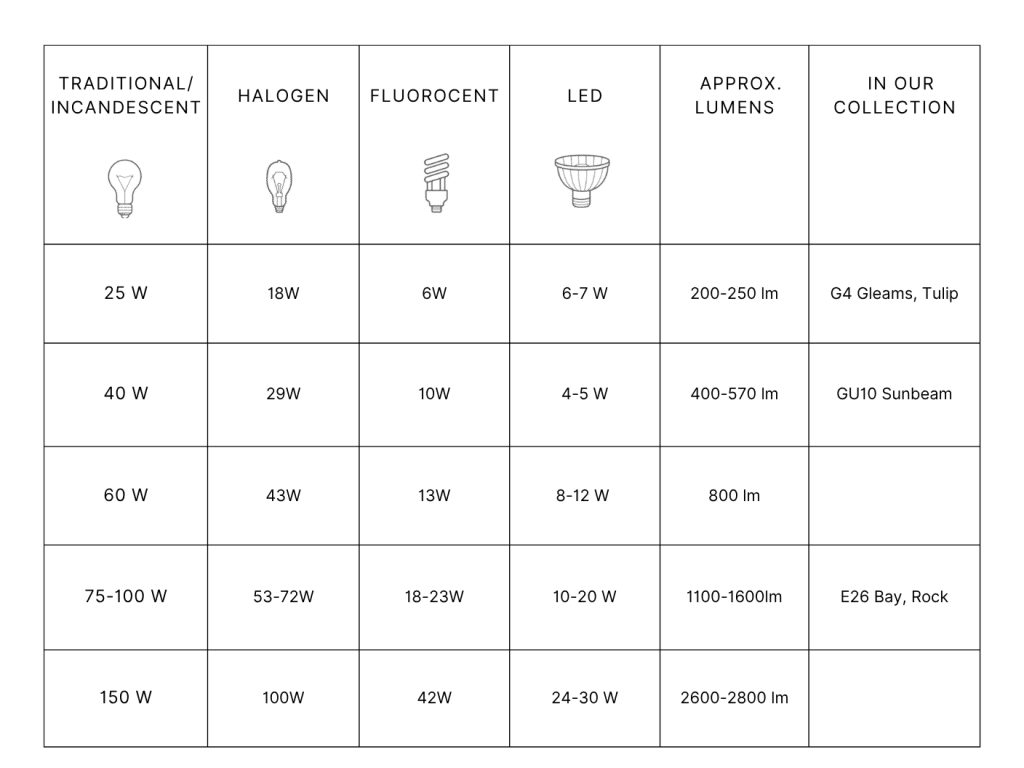

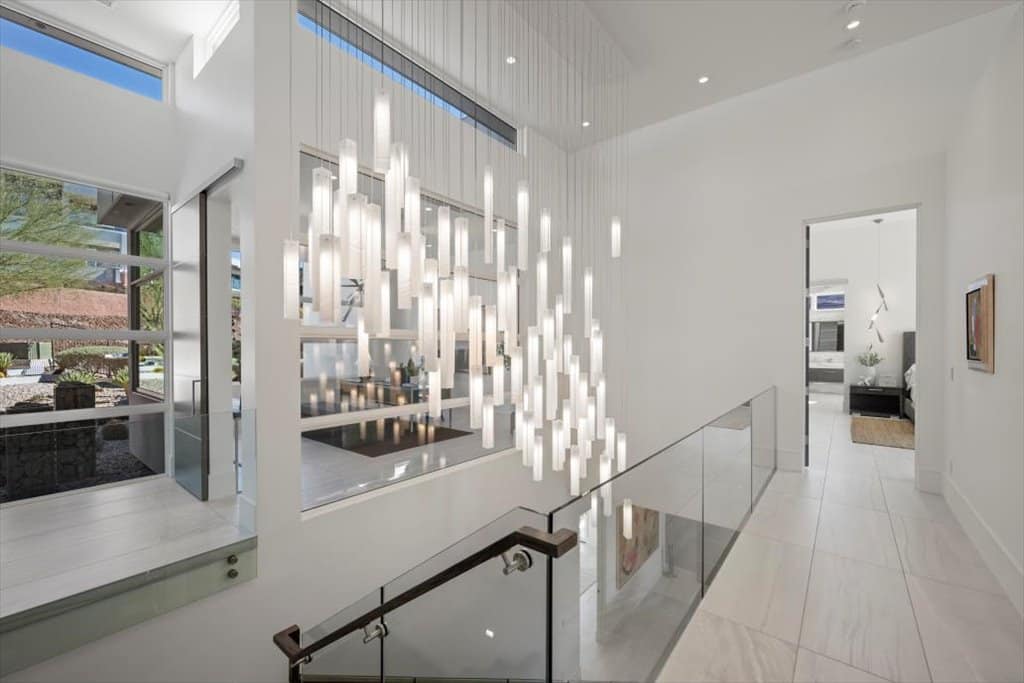
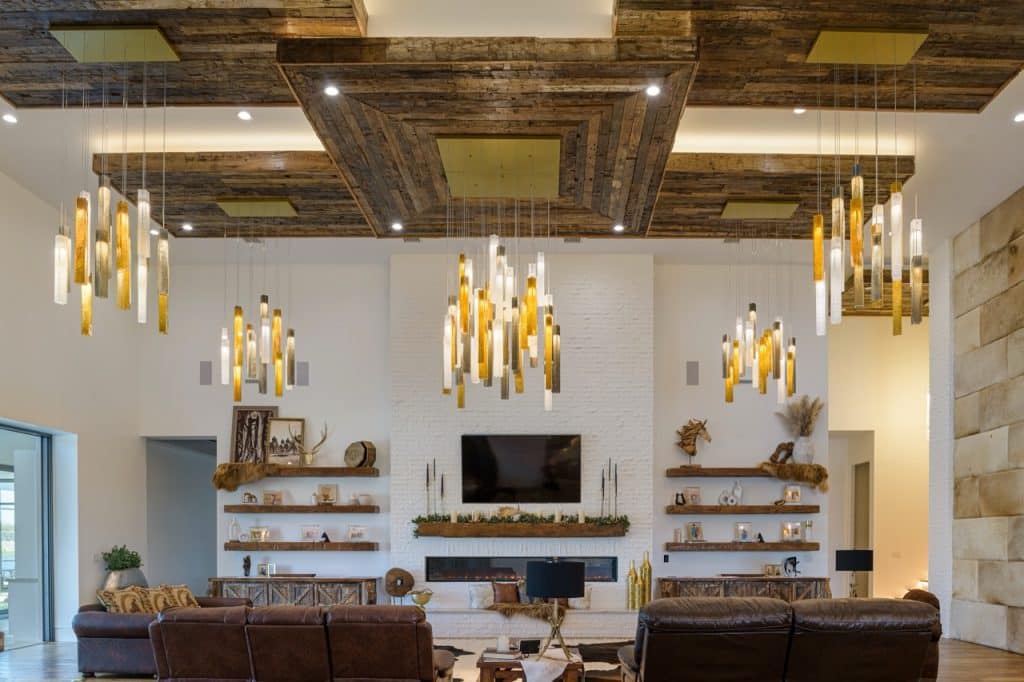
Need Design Advice?
To begin the customizing process, we need some basic details
Each light fixture is made to order. We will work with you to design a light fixture that will fit your space perfectly